Game description:
Abodtion is a short, first-person psychological experience set within the confines of a modest apartment. The player arrives in a new living space following an implied personal event and begins the process of unpacking. On the surface, the setting is ordinary — a bed to be made, a kitchen to organize, a table to set. But subtle irregularities in sound, movement, and reflection quickly suggest that something is not right. The atmosphere slowly changes, not through overt threats, but through a growing awareness that the home is responding in ways that feel off.
Unpacking Memory Through Movement
The primary mechanic in Abodtion is interaction with the apartment’s objects. Moving boxes, placing belongings, and operating appliances are all part of the flow. The actions feel functional, but each one begins to carry emotional weight as the layout and details of the space reveal more about the person who lived here — or was meant to. The microwave, used repeatedly throughout the game, becomes an anchor point for progression, tying moments together and linking the routine with something unspoken. The narrative forms not from cutscenes but through engagement with the space itself.
Environment as Emotional Mirror
The apartment in Abodtion is compact and quiet, yet layered with signals that react to the player’s presence. Reflections behave strangely. Objects sometimes don’t stay where they’re left. Light and sound shift slightly when tasks are completed, hinting at an unseen presence or unresolved feeling that lingers in the air. Nothing attacks, and no danger is announced, but the experience becomes more disorienting as it goes. Familiar textures and furniture are used as contrasts to highlight what isn’t being said. The space, while intact, feels like it is waiting for something that never arrived.
A Story That Exists Between Actions
Abodtion does not rely on text or voiceover to tell its story. Instead, it encourages the player to interpret the meaning of their surroundings through their actions. Each interaction pushes the narrative forward without explicitly explaining it. The emotional context grows from implication — a family photo, a silent kitchen, a door that won’t open. The brief duration of the game concentrates these details into a tight sequence that leaves a lasting impression. There is no resolution offered, only a final moment that reinforces the sense of a connection that was never fully made.











































































































































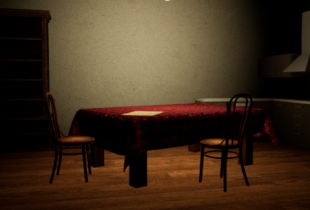

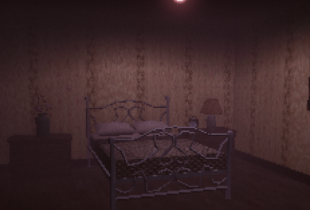


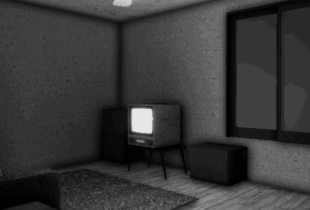

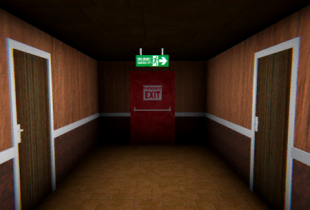
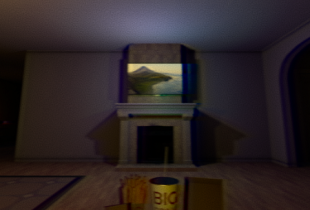
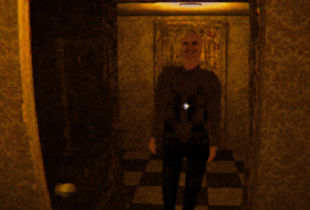
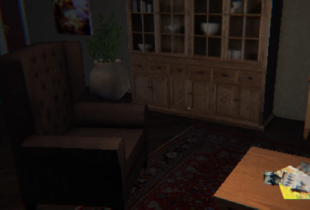
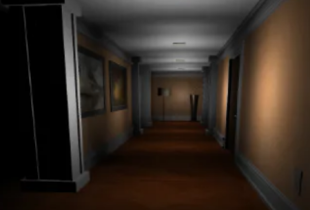
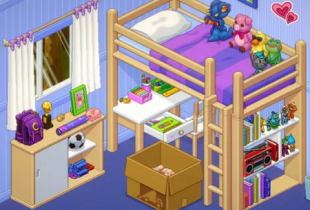
Comments